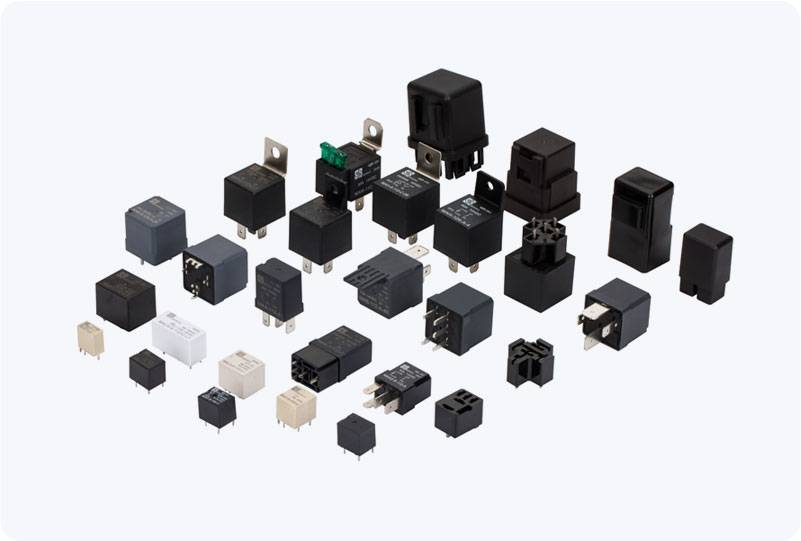The advent of 5G technology has brought revolutionary improvements to mobile networks, promising faster speeds, lower latency, and a more connected world. However, as networks grow and the demand for higher-quality coverage increases, there are challenges related to coverage gaps, especially in remote or densely populated areas. To address these issues, the concept of the 5G base station relay has emerged as an essential tool in expanding network reach and enhancing overall system performance.

Understanding 5G Base Station Relay A 5G base station relay is essentially a relay node that facilitates the transmission of signals between a central 5G base station and the end-user devices, especially in locations where the direct connection might be weak or non-existent. The relay station can receive a signal from the base station and retransmit it, either directly or through an intermediate connection, to enhance coverage in specific areas. This is particularly useful in regions where signal propagation is obstructed by physical barriers, or in cases where building density and urban landscapes lead to poor signal reception.